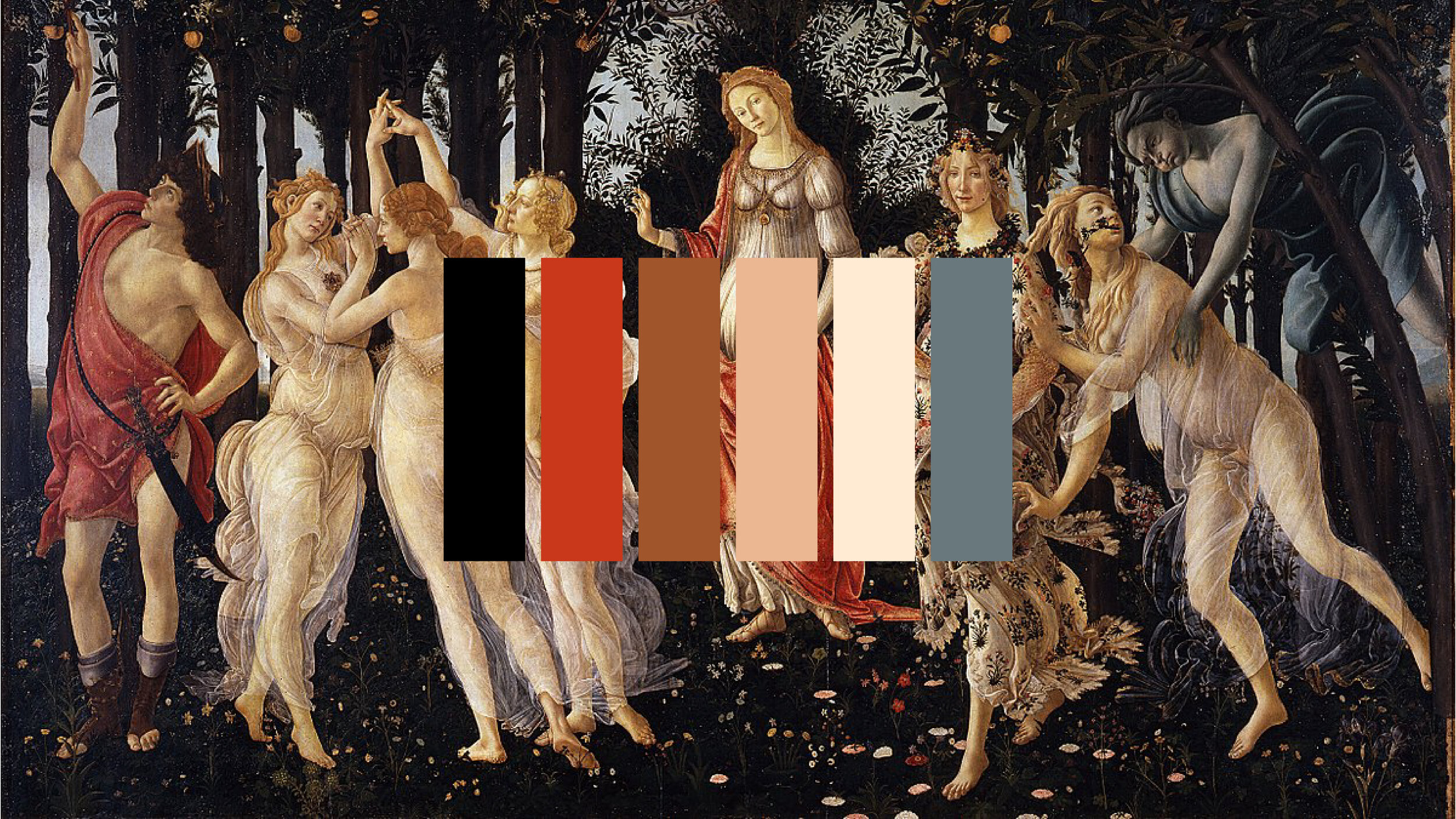
Merry Met Fantasy Fest
Renaissance Faire Concept
If you’ve ever been to a Renaissance faire and stayed until closing—something I highly recommend—you may have heard the phrase “Merry Meet, Merry Part, and Merry Meet Again!” This bittersweet parting phrase is where the idea for Merry Met was born. A Renaissance faire is a celebration of history, fantasy, and friendship—as well as an excuse to wear a costume. Inspired by many aspects of the Renaissance period, the Merry Met brand is one to be remembered. After all, a true rennie never forgets their first faire.
View the Merry Met prototype website, made with Adobe XD
This website is designed for 1920x1080 screens and may not appear full screen—instead, it may appear with white margins on either side—due to the nature of Adobe XD prototypes.
The color scheme is inspired by Renaissance painter Sandro Botticelli’s Primavera, also known as Allegory of Spring, c. 1477–1482.


The Lynx constellation was placed in the night sky by a 17th century Renaissance man named Johannes Hevelius (1611–1687) of Poland. Hevelius was an astronomer, artist, and engraver who openly rejected the recent invention of the telescope, noting the Latin motto, “the naked eye is best” (Space.com; Future US, Inc).
Mathematician and astronomer Nicolaus Copernicus (1473–1543) introduced a new theory during the Renaissance: the celestial object at the center of the universe was the Sun—not the Earth, as previously believed—and all the planets orbit it. Though, nobody believed Copernicus at the time, until Galileo Galilei convinced the Catholic church of the Copernican model in 1633 (History.com; A&E Television Networks, LLC).
According to PhiPoint Solutions, LLC, the Golden Ratio was first referred to as the Divine Proportion in the 1500s. “Renaissance artists used the Golden Mean extensively in their paintings and sculptures to achieve balance and beauty. Leonardo Da Vinci, for instance, used it to define all the fundamental proportions of his painting of The Last Supper.”




Italian Renaissance architect Andrea Palladio designed a new façade for the town hall of Vicenza in 1546 CE. “The arches create what became known as the ‘Palladian window,’ that is a pair of shorter double columns supporting the arch with each arch flanked by a single taller column” (World History Encyclopedia). This architectural concept is another element that inspired the Merry Met logo.
An artistic representation of the Palladian window can be seen in Hubert and Jan Van Eyck’s Ghent Altarpiece, also known as Adoration of the Mystic Lamb, c. 1432. In an episode of NPR, author Noah Charney remarks that “it's the first great panel painting of the Renaissance, a forerunner to artistic realism. The monumentality of it and the complexity of it fascinated people from the moment it was painted” (NPR.org).



